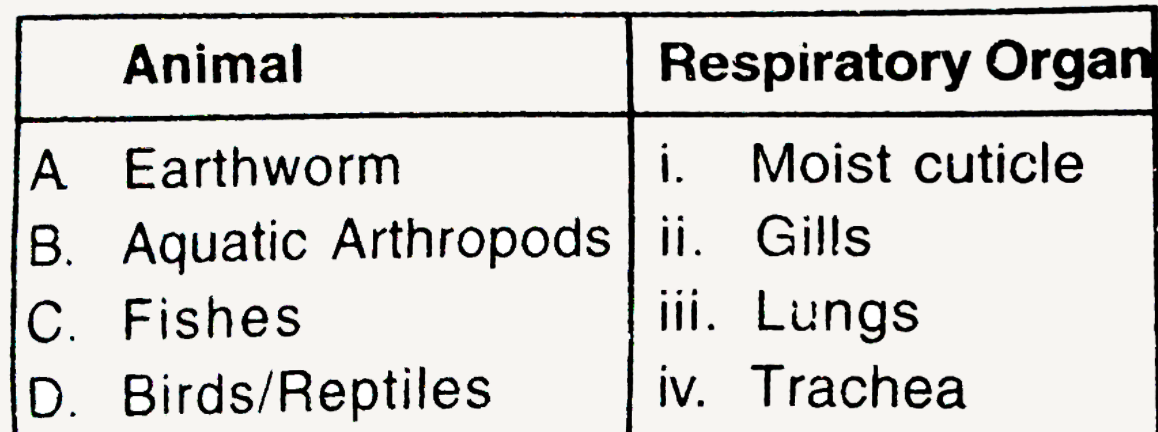An electric dipole is placed at the centre of a sphere. Mark the correct options:
The flux of the electric field through the the sphere is zero.
The electric field is zero at every point of the sphere.
The electric field is not zero anywhere on the sphere.
The electric field is zero on a circle on the sphere.
The correct Answer is:A, C
To solve the problem of determining the electric flux through a sphere when an electric dipole is placed at its center, we can follow these steps:
1. Understanding the Electric Dipole:
An electric dipole consists of two equal and opposite charges, +Q and -Q, separated by a distance. When we place this dipole at the center of a sphere, we need to analyze the total charge enclosed by the sphere.
Hint: Recall that an electric dipole consists of two charges of equal magnitude but opposite signs.
2. Calculating the Total Charge Inside the Sphere:
The total charge enclosed by the sphere can be calculated as:
Qtotal=+Q+(−Q)=0
Since the dipole consists of equal and opposite charges, the total charge inside the sphere is zero.
Hint: Remember that the net charge is the sum of all charges inside the Gaussian surface (in this case, the sphere).
3. Applying Gauss's Law:
According to Gauss's Law, the electric flux (Φ) through a closed surface is given by:
Φ=Qencϵ0
where Qenc is the total charge enclosed by the surface, and ϵ0 is the permittivity of free space.
Hint: Gauss's Law relates the electric flux through a surface to the charge enclosed by that surface.
4. Calculating the Electric Flux:
Since the total charge enclosed Qenc=0, we can substitute this into Gauss's Law:
Φ=0ϵ0=0
Therefore, the electric flux through the sphere is zero.
Hint: If the enclosed charge is zero, the electric flux through the surface must also be zero.
Conclusion:
The electric flux through the sphere when an electric dipole is placed at its center is zero.
An electric dipole consists of two equal and opposite charges, +Q and -Q, separated by a distance. When we place this dipole at the center of a sphere, we need to analyze the total charge enclosed by the sphere.
The total charge enclosed by the sphere can be calculated as:
Qtotal=+Q+(−Q)=0
Since the dipole consists of equal and opposite charges, the total charge inside the sphere is zero.
According to Gauss's Law, the electric flux (Φ) through a closed surface is given by:
Φ=Qencϵ0
where Qenc is the total charge enclosed by the surface, and ϵ0 is the permittivity of free space.
Since the total charge enclosed Qenc=0, we can substitute this into Gauss's Law:
Φ=0ϵ0=0
Therefore, the electric flux through the sphere is zero.
The electric flux through the sphere when an electric dipole is placed at its center is zero.
Topper's Solved these Questions
- GAUSS LAWBOOK - HC VERMA ENGLISHCHAPTER - GAUSS LAWEXERCISE - Exercises
24 Videos
- GAUSS LAWBOOK - HC VERMA ENGLISHCHAPTER - GAUSS LAWEXERCISE - Short Question
7 Videos
- GAUSS LAWBOOK - HC VERMA ENGLISHCHAPTER - GAUSS LAWEXERCISE - Objective 1
6 Videos
- ELECTROMAGNETIC WAVESBOOK - HC VERMA ENGLISHCHAPTER - ELECTROMAGNETIC WAVESEXERCISE - Exercise
8 Videos
- GEOMETRICAL OPTICSBOOK - HC VERMA ENGLISHCHAPTER - GEOMETRICAL OPTICSEXERCISE - Question For short Answer
18 Videos
Similar Questions
An electric dipole is placed at the centre of a sphere. Select the correct alternative(s).
View SolutionMark out the correct options
View SolutionMark out the correct options
View SolutionMark out the correct options.
View SolutionMark out the correct options.
View SolutionMark out the correct options.
View SolutionAn electric dipole is placed at the centre of a sphere. Find the electric flux passing through the sphere.
View SolutionAn electric dipole is placed at the centre of a spherical shell. Find the electric field at an external point of the shell.
View SolutionMark correct options
View SolutionMatch the following and mark the correct options

View Solution
